1.5mg per shpritz!
100mg THC Hybrid total per Blaster
Vegan – Gluten Free – Fast Acting – Kosher Certified – Zero Sugar
The Hamsa blast is a multi-purpose tool that will always come in handy! Looking for a discreet way to medicate? No smoke, no smell, no problem. Who will know? No one will know! This tiny but, might blaster works on contact! Great alternative to a vape pen that can be bulky, noticeable and leave a puff! Need instant relief, look no further. Added bonus, it’s Zero Sugar, easy to dose and leaves your breath minty fresh!!
Terpenes

Beta Caryophyllene
0.15%
Beta Caryophyllene
Beta-caryophyllene is known for it's wide variety of potential health benefits both physically & mentally. This terpene has a unique ability to bind to the CB2 receptors; CB2 receptors are targeted when treating pain & inflammation with cannabis. Beta-caryophyllene is also approved for use in food by the FDA & is commonly found in black pepper, cinnamon, & basil.
Aromas
Sharp
, Spice
, Sweet
, Wood
Bisabolol
0.11%
Bisabolol
A secondary terpene found in cannabis, a-Bisabolol is an aromatic terpene that also carries a slew of potential health benefits. Most notably present in German chamomile, a-bisabolol may also act as a relaxant for those with insomnia & anxiety. While secondary terpenes take a back seat to the primary terpenes , they may act synergistically with other terpenes & cannabinoids to enhance a desired effect or potential health benefit.
Aromas
Citrus
, Floral
, Spice
Eucalyptol
0.24%
Eucalyptol
Considered to be one of the more studied terpenes, Eucalyptol (Cineole) has shown the potential to improve memory and learning through several randomized placebo-controlled studies conducted by the Natural Health Research Institute. The possible increase in cognitive abilities coupled with a variety of potential health benefits make Eucalyptol a terpene worth having in your next strain.
Aromas
Spice
Cannabinoids

Cannabinoids are naturally occurring chemical compounds that are found in cannabis and provide consumers with a wide range of effects. THC and CBD are examples of some of the most commonly known cannabinoids.
CBD
0.3%
CBD (Cannabidiol)
CBD is the second most prevalent cannabinoid and is primarily produced by hemp plants and at lower amounts in cannabis. It works as a phytocannabinoid, or binding agent, that adheres to an individual's endocannabinoid system. Cannabidiol has soared in popularity due to its lack of psychoactive effects. Most users seek CBD for its medicinal properties since it was the first cannabinoid to be approved by the FDA. Its healing properties include an ability to help you relax, reduce irritability and ease restlessness.
CBG
0.71%
CBG (Cannabigerol)
Cannabinoids are synthesized by Cannabigerolic Acid. CBG is the decarboxylated form of this acid that appears at low levels in most cannabis plants. Because its properties are beneficial to multiple parts of the endocannabinoid system, CBG has a wide range of therapeutic uses. It is non-psychotropic and can provide analgesic and antidepressant qualities.
THC-D9
16.87%
THC-D9 (Delta 9–tetrahydrocannabinol)
Delta 9 THC is the primary compound found in the resinous glands of a cannabis plant, and is directly responsible for psychoactive effects. It mirrors the body’s naturally occurring cannabinoids and attaches to these receptors to alter and enhance sensory perception. THC can create a feeling of euphoria by enhancing dopamine levels in the brain. The amount of THC in a cannabis product can vary widely based on the method of consumption and the strain at the source of that product. The high that is produced is often enhanced by the “entourage effect” which is a combination of multiple cannabinoids in conjunction with various terpenes and individual body chemistry.


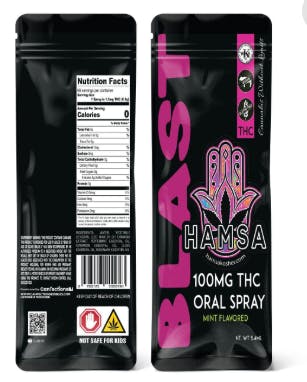
![Classic Pomegranate Blueberry Acai 5:1 CBD/THC Chews [20 Pack] | 100mg](https://images.dutchie.com/bfb9f600273b5084442d86dcca3fb512)
![Quick Strawberry Margarita 1:1 CBD/THC Chews [10 Pack] | 100mg](https://images.dutchie.com/514191d1ecdc5717d5cc513874f2d553)

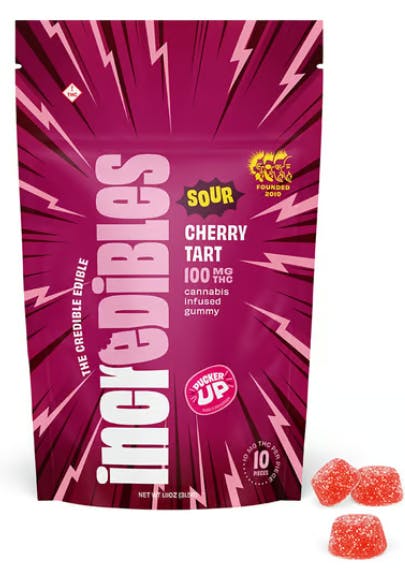
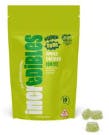
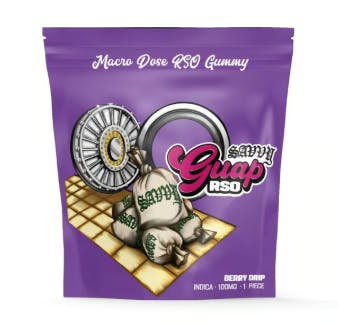
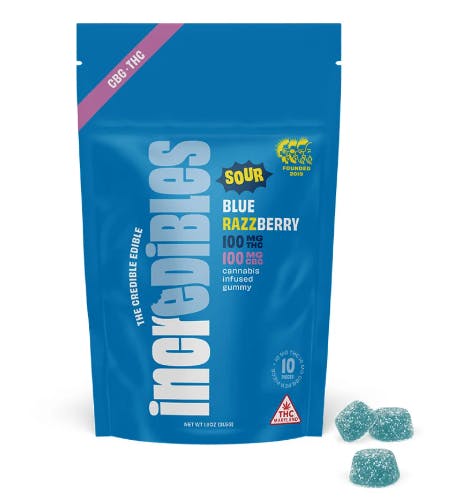
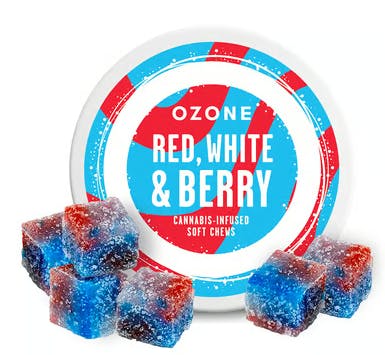
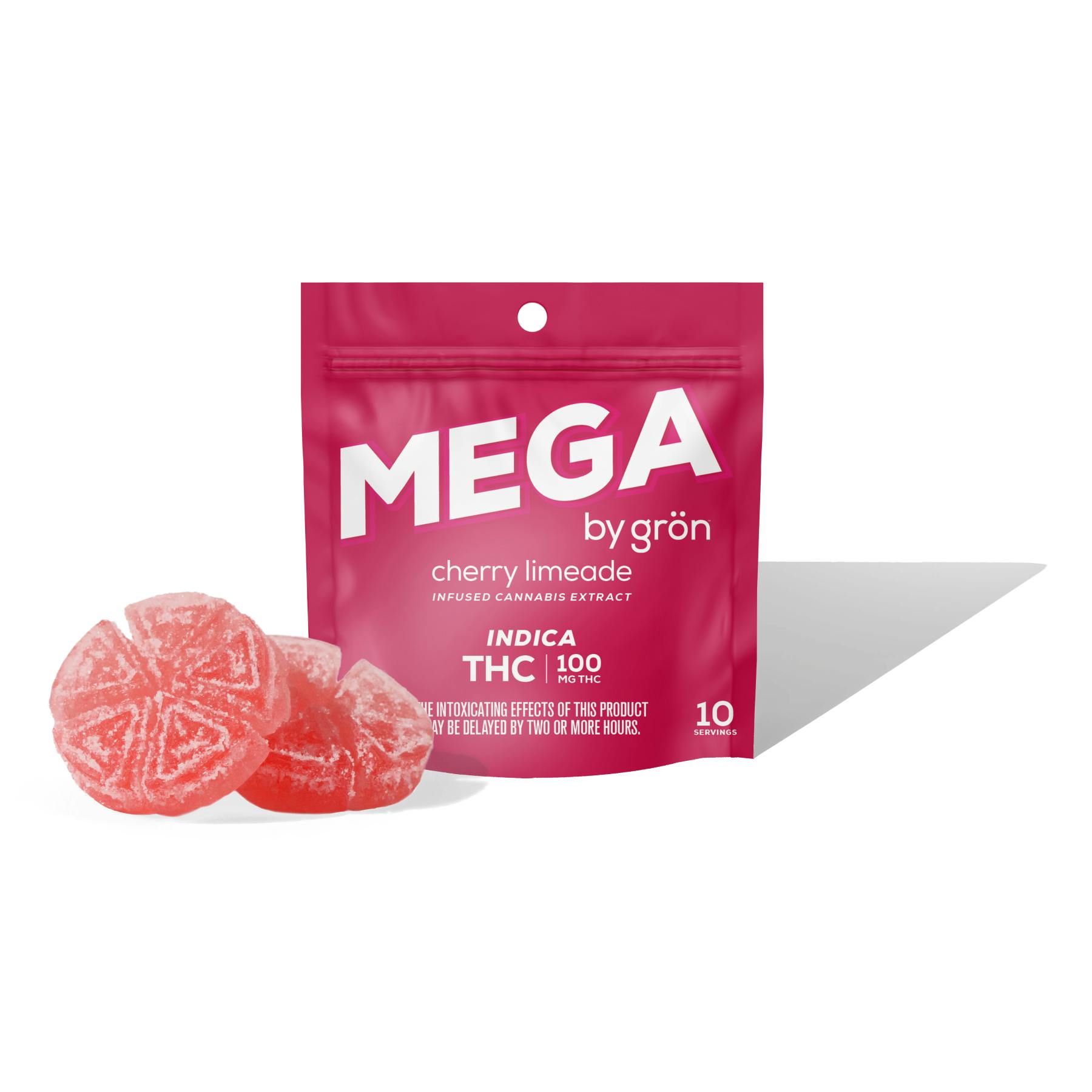
![Classic Blood Orange 20:1 CBD/THC Chews [10 Pack] | 10mg](https://images.dutchie.com/0de2de2851034507d0d8c2bad73075e4)
